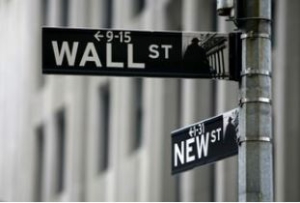Bullish If/Bearish If Scenarios
What’s in Today’s Report:
- Bottom Line: Bullish If/Bearish If Scenarios
- Weekly Market Preview: More Earnings and Growth Data This Week
- Weekly Economic Cheat Sheet: Is Growth Rolling Over?
Futures are moderately higher mostly on momentum from Friday’s rebound following a generally quiet weekend.
COVID news from China remains mixed as Shanghai continues to relax lockdowns although Beijing is seeing a continued increase in cases (keeping the threat of more lockdowns alive).
The dollar is down one percent after ECB President Lagarde signaled two rate hikes were likely in the 3rd quarter (this was a bit more hawkish than expected).
Today there are no notable economic reports and just one Fed speaker, Bostic (12:00 p.m. ET). If Bostic echoes Bullard’s slightly less hawkish than feared commentary from Friday afternoon, then stocks can extend Friday’s rebound.


